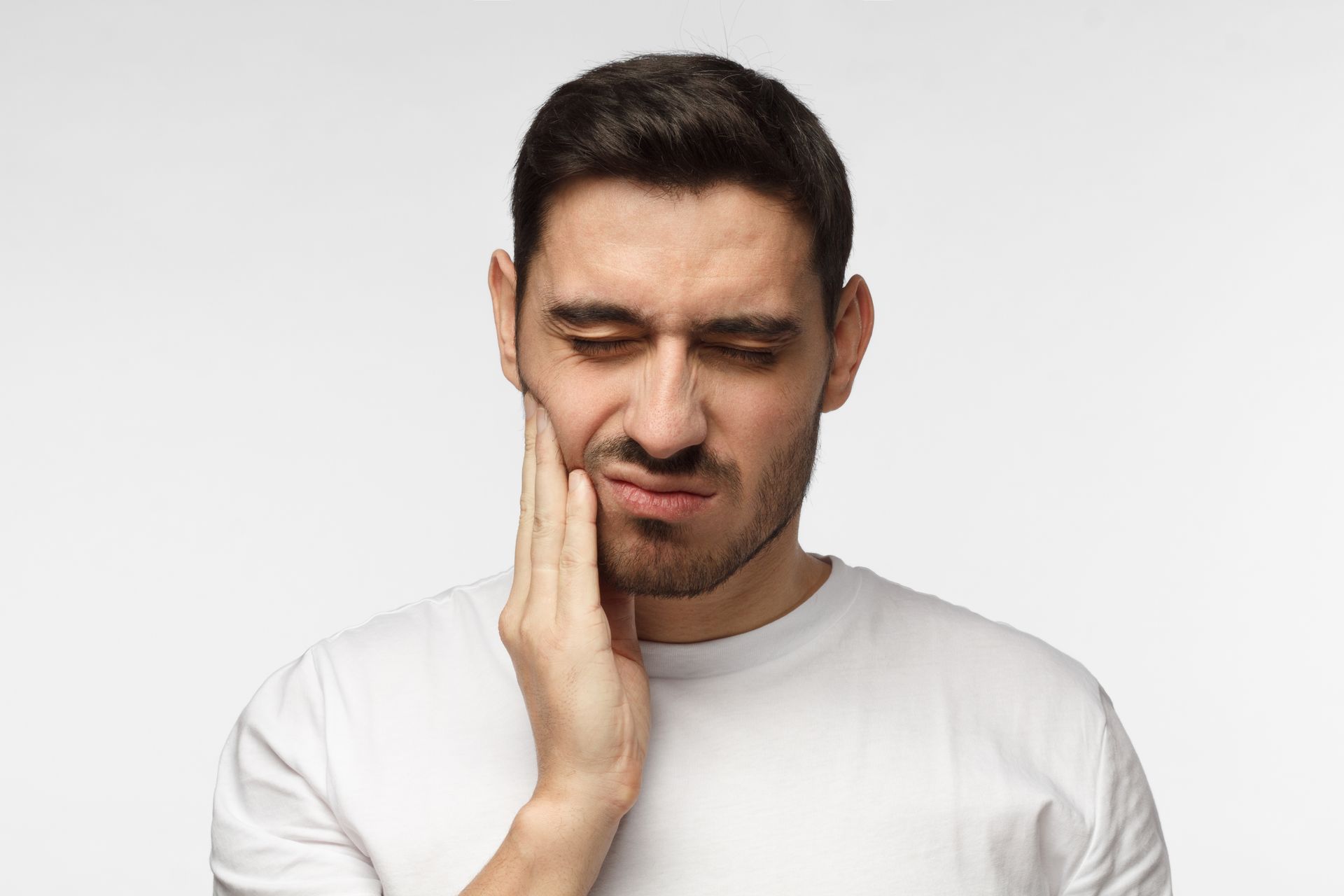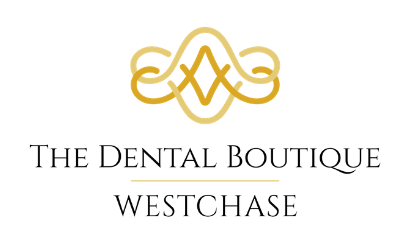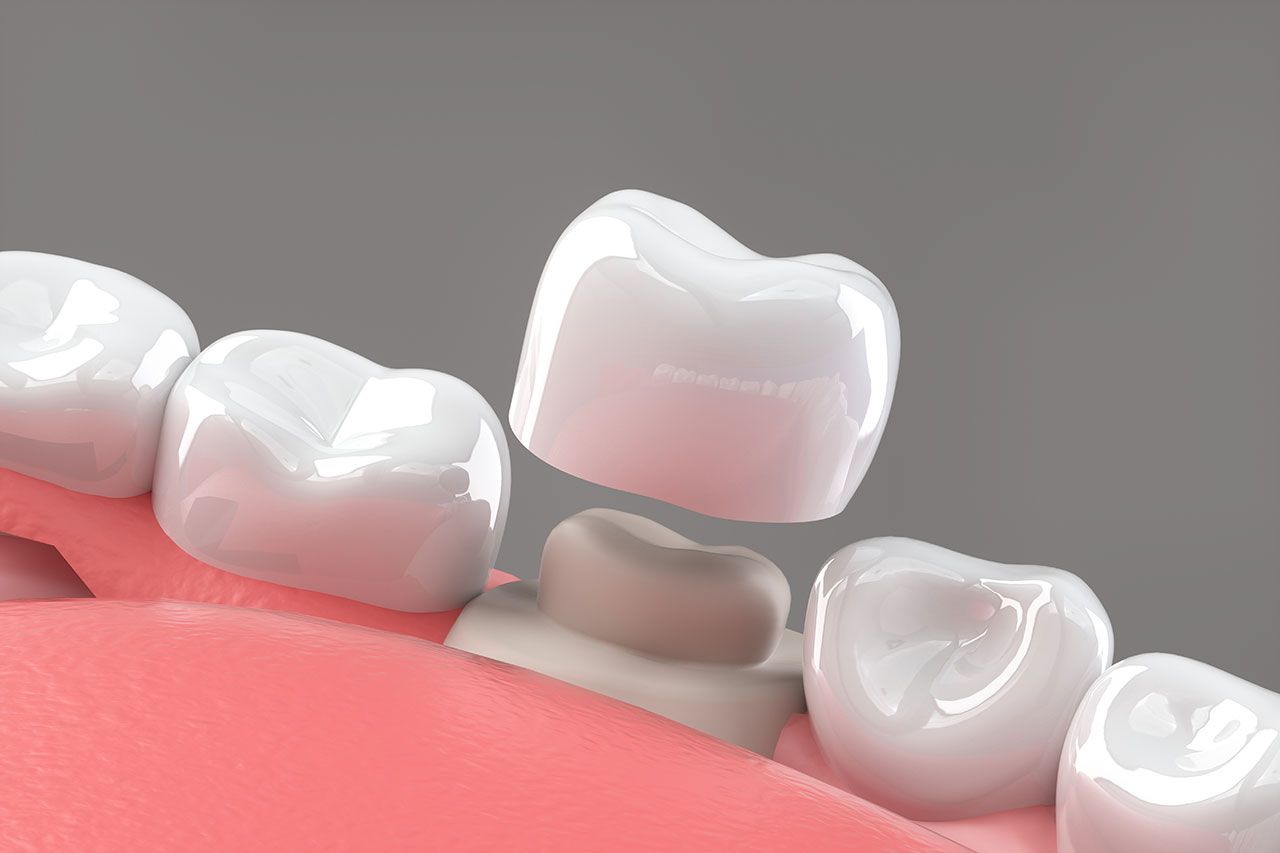Dental News and Information in Westchase, Tampa
Get the latest news and information on a variety of dental related topics to keep you and your family better informed.

No one likes to hear the words "tooth extraction." It sounds intense—maybe even a little scary. But here’s the truth: sometimes it’s the best thing you can do for your long-term health. And sometimes... it isn’t necessary at all. The big question most patients ask is: “Can this tooth be saved, or does it have to come out?” Let’s break that down. Signs a Tooth Can Still Be Saved Dentists will do everything they can to preserve your natural tooth. But saving it depends on a few important factors. You might not need an extraction if: The tooth is chipped or cracked but the root is still intact There’s decay, but it hasn’t reached deep into the pulp The tooth is infected, but treatable with a root canal Gum tissue is healthy and there’s no bone loss Modern dentistry has come a long way. With the right treatment plan, even badly damaged teeth can sometimes be rescued with crowns, fillings, or endodontic therapy. When Extraction Is the Healthier Choice Sometimes, the damage is too extensive, and pulling the tooth is the smartest (and safest) option. Extraction may be recommended if: The tooth is broken below the gumline or shattered Advanced decay has compromised most of the structure A root canal fails or isn’t possible due to severe infection There’s advanced periodontal disease and bone loss The tooth is impacted (commonly with wisdom teeth) In these cases, keeping the tooth might lead to chronic pain, infection, or even spread to surrounding tissues. Extraction stops the problem at the root—literally. What Happens After the Tooth Is Pulled? Once an extraction is done, your dentist will go over tooth replacement options. These may include: Dental Implants – for a permanent, natural-feeling solution Bridges – when neighboring teeth can help support a prosthetic Partial Dentures – for multiple missing teeth in a row Leaving a gap isn’t ideal, as it can cause the remaining teeth to shift, leading to bite issues or TMJ symptoms. Professional Perspective: Why Timely Treatment Matters According to the American Association of Oral and Maxillofacial Surgeons, tooth extractions are among the most common procedures in adult dentistry—and they’re safer and more comfortable than ever before. Benefits include: Prevention of further infection Pain relief from severe decay or trauma Improved oral hygiene and health Ability to plan for a strong, long-term replacement Plus, new technologies like 3D imaging, gentle sedation, and precise surgical tools make the process far more comfortable than people expect. Sources: American Association of Oral and Maxillofacial Surgeons (aaoms.org) Journal of Clinical Dentistry, 2020 Still Unsure? That’s Normal It’s natural to hesitate. Nobody wants to lose a tooth. But your dental team’s job is to look at the bigger picture—your total health, not just today’s discomfort. Sometimes, saving a tooth is the best route. Other times, removing it opens the door to real relief—and long-term solutions like implants that restore full function and confidence. Wondering whether your tooth can be saved or if it’s time to let it go? Schedule a consultation with The Dental Boutique Westchase by calling 813-536-7766 or visiting us at 10909 W Linebaugh Ave #100, Tampa, FL 33626. We’re here to help you make the healthiest choice for your smile.

Ever had that panicked moment where you bit into something hard—and felt something crack? Or woke up in the middle of the night with throbbing tooth pain that made sleep impossible? Dental emergencies rarely send a heads-up. They show up uninvited, unannounced, and almost always at the worst possible time. Let’s talk about when it’s truly a dental emergency, what to do in the moment, and how same-day emergency treatment can save more than just your smile. What Counts as a Dental Emergency? Not every toothache needs an ambulance, but some symptoms signal a real-time issue that should never be ignored. Here’s when you should definitely call a dentist immediately: Severe or sudden tooth pain that doesn’t go away Knocked-out tooth Cracked, broken, or chipped teeth (especially with nerve exposure) Swelling around the gums, jaw, or face Bleeding that won’t stop Signs of infection , like a fever or bad taste from a draining abscess Even if you're unsure, it's always better to err on the side of caution. Time can make or break outcomes—especially with knocked-out teeth or infections spreading beyond the mouth. How Same-Day Emergency Dental Care Helps Quick treatment isn’t just about relief—it’s about preservation. Getting into a dentist’s chair within hours (not days) can mean the difference between saving or losing a tooth. At offices like The Dental Boutique Westchase, same-day emergency treatment may include: Pain management and antibiotics to stabilize infections Temporary or permanent fillings or crowns Tooth reimplantation if a tooth is knocked out (within an hour is ideal!) Emergency root canal for sudden nerve pain Tooth extractions when a tooth is beyond saving We know emergencies don’t care about your calendar. That’s why practices offering same-day appointments are lifesavers—literally and figuratively. Real Benefits of Emergency Dental Services A study from the American Dental Association found that early intervention during dental emergencies not only reduces treatment complexity but also cuts long-term healthcare costs significantly. Professional benefits include: Faster recovery Minimized damage to surrounding teeth or tissues Pain relief without ER wait times Lower risk of systemic infection Plus, if you’ve ever spent 8 hours in a hospital waiting room with a swollen cheek, you know that getting seen by a dentist ASAP is always the better route. Sources: American Dental Association, 2022 Emergency Care Guidelines Journal of Endodontics, 2021 When In Doubt, Don’t Wait Dental emergencies don’t wait—and neither should you. If you’re facing symptoms like intense pain, trauma, or swelling, pick up the phone. Even something that feels small can snowball fast without attention. Same-day emergency dental care is designed to step in when your smile (and sanity) need it most. Experiencing a dental emergency? Don’t wait. Call The Dental Boutique Westchase at 813-536-7766 or visit our office at 10909 W Linebaugh Ave #100, Tampa, FL 33626 for same-day emergency treatment.










